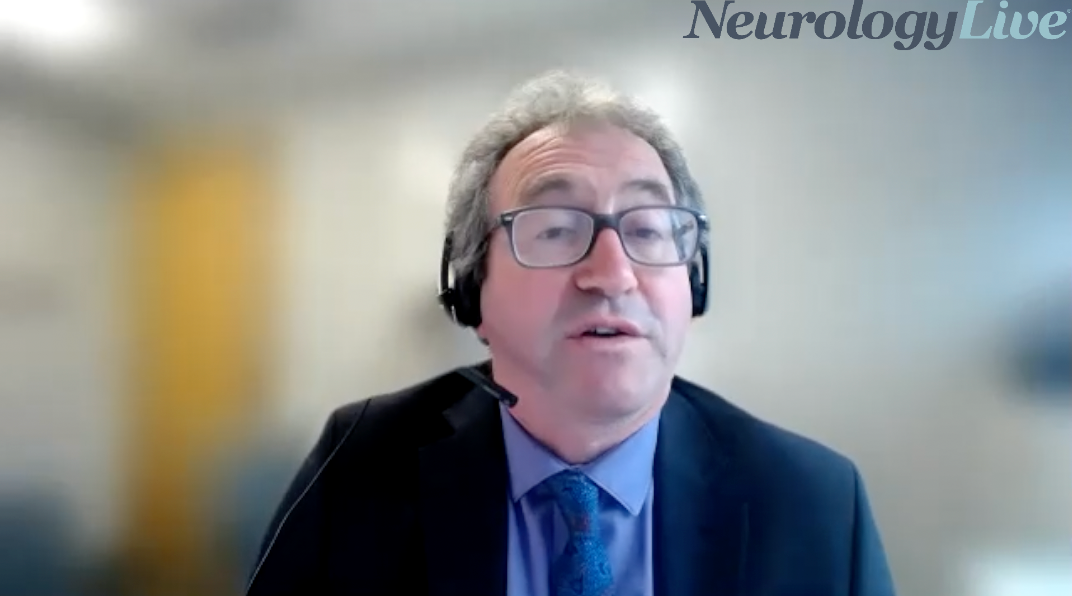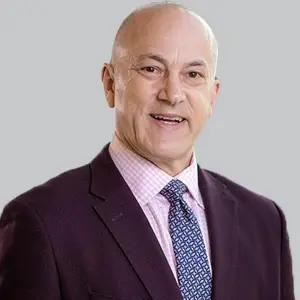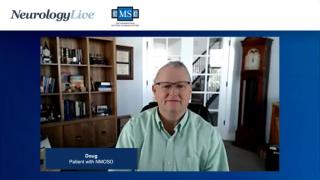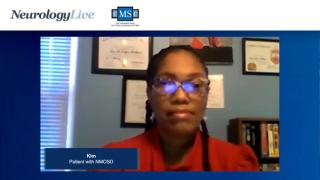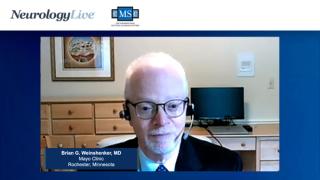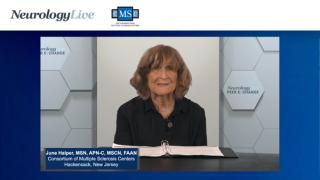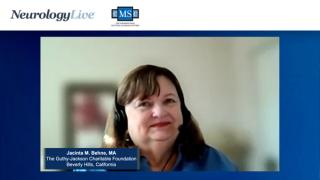
NMOSD
Latest News
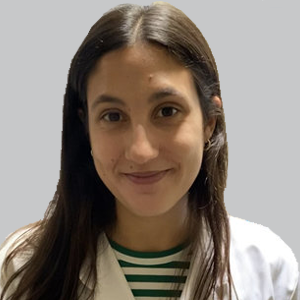

Presence of MOG-IgG in Children Meeting MS Criteria May Allude to Nontypical Disease Course
Latest Videos

CME Content
More News

An expert neurologist, advocacy director, and a pair of patients with NMOSD discuss the current landscape of the demyelinating disorder.

These findings have clinical implications for the diagnosis of AQP4-NMOSD and in helping clinicians differentiating it from other demyelinating diseases such as MOGAD.

Amy Kunchok, MD, staff neurologist at the Mellen Center for Multiple Sclerosis and Research at Cleveland Clinic, discussed a recent talk she gave that highlighted the different phenotypes of AQP-IgG NMOSD and MOGAD.
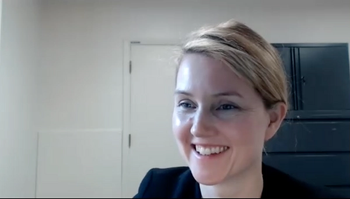
The staff neurologist at the Cleveland Clinic Mellen Center for Multiple Sclerosis outlined key findings from her talk at a recent Institutional Perspectives in Neurology: Multiple Sclerosis event. [WATCH TIME: 3 minutes]

Results from the cohort study contrast with reports in multiple sclerosis, finding that new remission silent lesions were rare in both myelin oligodendrocyte glycoprotein antibody disease and aquaporin-4 antibody neuromyelitis optica spectrum disorder.
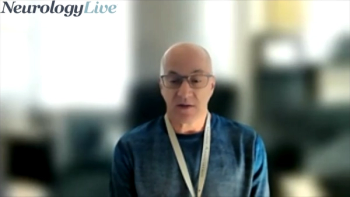
The professor of neurology at the University of Colorado provided insight on the data that reinforced the relationship between B-cell depletion and improved outcomes using inebilizumab (Uplizna; Horizon Therapeutics). [WATCH TIME: 2 minutes]

Annualized attack rate was reduced to 0.08 attacks per year after the first administration of inebilizumab, similar to those who were not previously exposed to rituximab.

Repeated analyses using both 3-mm and 1-mm diameter macular data—narrower volumes than standard—showed no relevant outer plexiform layer or outer nuclear layer thinning in those with seropositive AQP4-IgG.
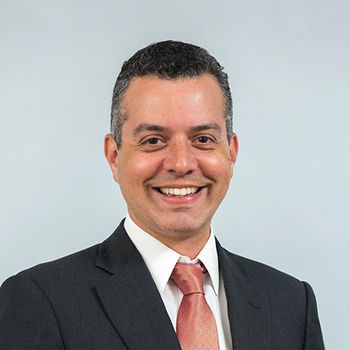
The associate director of the Neuromyelitis Optica Clinic and Research Unit at Mass General spoke about some of the unmet needs and unanswered questions surrounding NMO management.

Data presented at CMSC 2021 suggest worse COVID-19 outcomes were associated with patients with neuromyelitis optica spectrum disorder and other comorbidities.

Rates of infection or serious infection with satralizumab in the overall treatment period were not higher than those on placebo in the double-blind period and did not increase over time.

Following the approval of 3 treatments for the disease, the clinical research director of the UCSF Multiple Sclerosis Center commented on the implications for the clinical development pipeline. [WATCH TIME: 4 minutes]
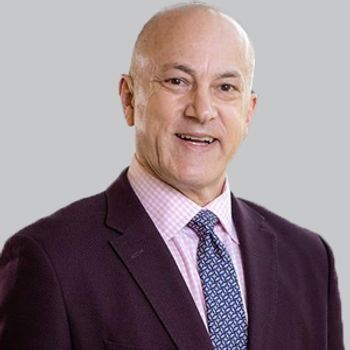
Jeffrey Bennett, MD, PhD, professor of neurology, University of Colorado, discussed his presentation at ECTRIMS involving the relationship of B-cell depletion and improved outcomes in patients treated with inebilizumab.

An indirect comparison study evaluated relative treatment effects of eculizumab (Soliris; Alexion), inebilizumab (Uplizna; Horizon), and satralizumab (Enspryng; Genentech), the 3 FDA-approved options for NMOSD.

The clinical research director of the USCF Multiple Sclerosis Center discussed the importance of improving knowledge and education for patients with NMOSD, as well as strategies to do so. [WATCH TIME: 3 minutes]

Discussing the 3 FDA-approved treatments for NMOSD, the clinical research director of the UCSF Multiple Sclerosis Center commented on the positive impact, as well as resultant barriers to care. [WATCH TIME: 4 minutes]

Investigators suggest recognition of predictors can aid in directing future clinical trials, as well as inform early therapeutic decisions in this patient population.

Evanthia Bernitsas, MD, neurologist, Wayne State University, discussed a recently conducted analysis, which confirmed inebilizumab’s ability to treat African Americans with NMOSD.
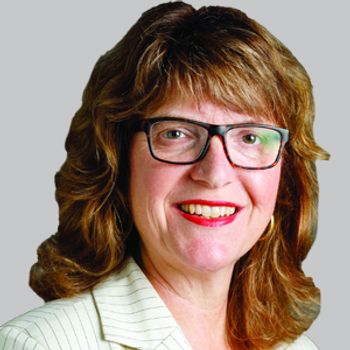
Most attacks occurred within the first year of inebilizumab treatment, and nearly all participants were attack free in subsequent years following treatment initiation.

The study is the first to provide data from all Latin American countries, further identifying geographic-resultant limitations of access to technology and therapy for NMOSD.

Between PREVENT baseline and end, mean EDSS and Hauser Ambulation Index scores improved with eculizumab (Soliris; Alexion) monotherapy and deteriorated with placebo alone.

The findings identified Th2-related cytokines as characterizing for the prognosis of acute episodes of NMOSD at 1 month and found serum NfL to be a likely biomarker of disease severity at attack.
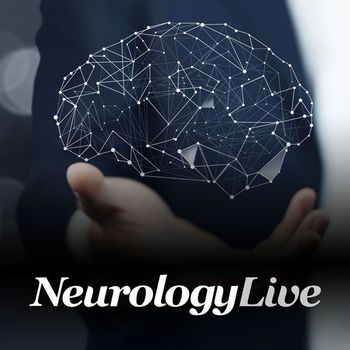
More than 80% of those with NMOSD experienced disease relapse 6 months after discontinuation of immunosuppressive therapy.
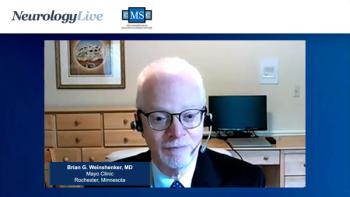
Mayo Clinic’s Brian G. Weinshenker, MD, compares multiple sclerosis with neuromyelitis optica spectrum disorders (NMOSD) and explains why community neurologists need to receive more education on NMOSD risk factors and symptoms.
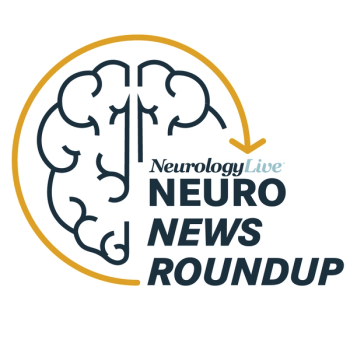
Get the latest news in neuromyelitis optica spectrum disorder, with data updates and expert insights, all in one place from the NeurologyLive team.

